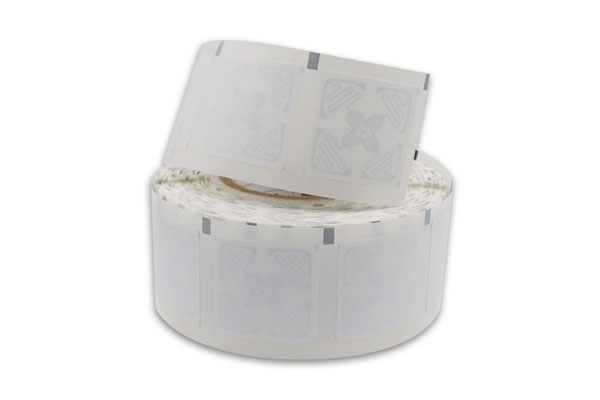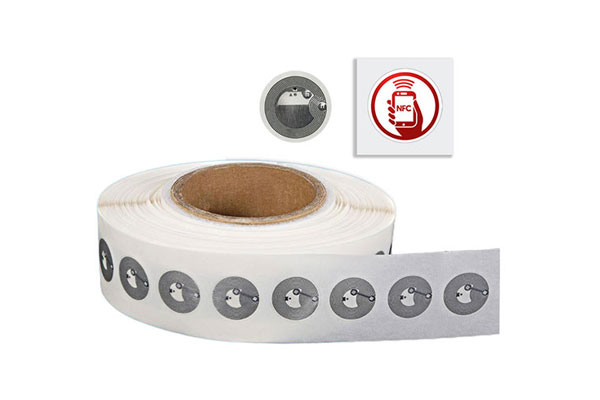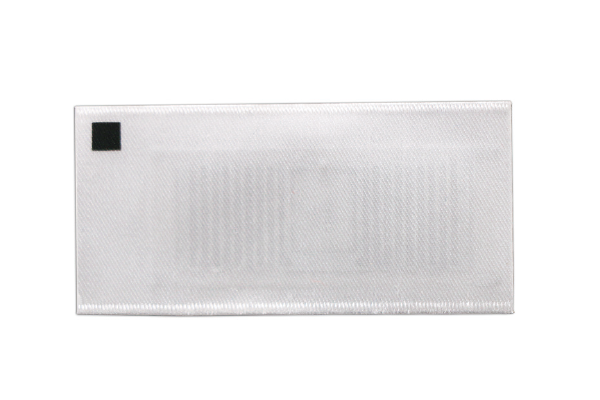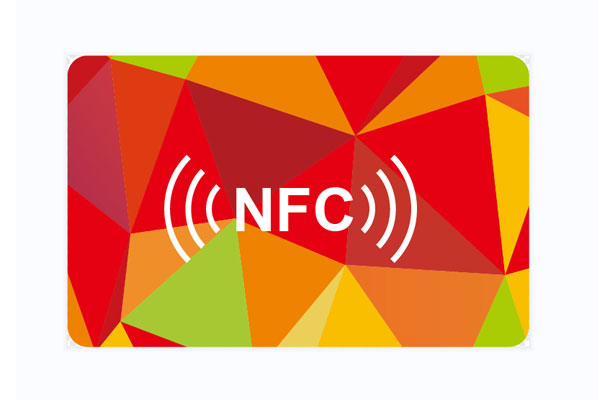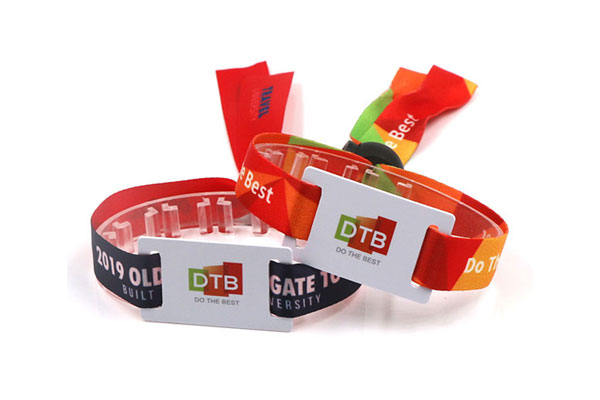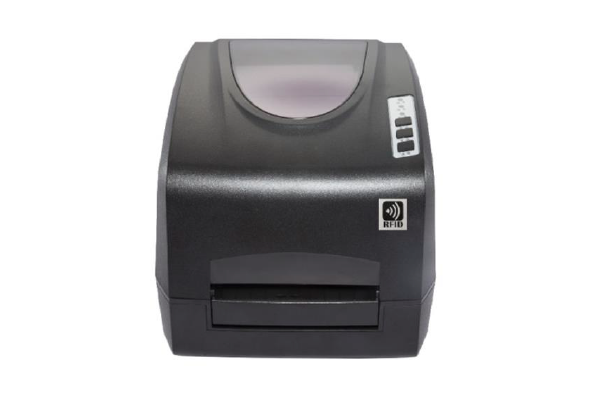In the torrent of the “Internet of Everything” era, the latest technologies in various fields are undergoing a digital and intelligent transformation.
For the label industry, the innovative upgrade of RFID technology is further accelerating the rapid development of the RFID label market.
As carriers of information in modern intelligent systems, RFID labels are finding increasingly innovative applications in various fields, not only endowing traditional labels with infinite possibilities but also propelling the construction of “smart cities.”
As a leading provider of RFID products and solutions, DTBRFID focuses on the application of RFID technology in areas such as supply chain management, asset management, vehicle management, and lease management.
DTBRFID has developed high-performance RFID electronic tags, RFID readers/writers, warehouse management software, asset management software, and other products.
So, what are the innovative applications of RFID technology on labels? And how do these new applications improve our lives?
In which areas will RFID technology develop rapidly?
Radio Frequency Identification (RFID) technology is primarily used to address identification and data collection challenges, presenting several key differences compared to traditional barcode and QR code recognition technologies.
Non-contact reading: Unlike barcode scanning, where the scanner’s camera needs to be directly facing the label, RFID devices read tags through radio frequency signals, allowing reading without direct alignment.
Batch reading support: While barcode scanners read one item at a time, RFID devices can simultaneously read multiple tags, significantly increasing reading speed.
Unique chip features: Each RFID tag has a chip with a unique ID, memory, data-writing capabilities, and encryption.
The areas where these key differences can be fully applied and contribute significant value are the areas where RFID will explode, such as supply chain management and asset management.
In the field of supply chain management, RFID is poised to explode. With rising labor costs and increasing demands for consumer experiences, enterprises face growing competition.
Digitization and intelligence are crucial methods for improving efficiency and reducing costs, with data collection being a key aspect of achieving this. RFID’s differences can play a significant role in manufacturing, warehousing, logistics, sales, and more.
For example, in the manufacturing process, affixing RFID tags to goods or turnover boxes allows for efficient tracking of relevant production data for devices and workers on the production line, enabling quality traceability.

In warehousing and logistics, items with RFID tags can be received and shipped without unpacking, facilitating rapid inventory checks. In sales, products with RFID tags can achieve single-item anti-counterfeiting management, efficient batch payments, and self-checkout, enhancing customer experiences.
According to relevant statistics, the efficiency of data collection can increase by over 50% with RFID technology, inventory accuracy can surpass 95%, inventory efficiency can improve by over 80%, and labor costs can be reduced by over 20%.
Previously, industries using RFID for supply chain management were concentrated in sectors such as footwear and apparel, high-end electronics, automotive parts, sports goods, and cosmetics, and mainly involved industry-leading enterprises. Now, industries such as logistics, vehicles, pharmaceuticals, alcoholic beverages, and food are also piloting RFID applications.
RFID is also expected to explode in the field of asset management. With the rapid economic development, the scale of many enterprises and institutions is growing, leading to an increasing variety and quantity of assets. Effectively conducting periodic inventory checks that are time-saving, effortless, accurate, and efficient poses a significant challenge for many enterprises and institutions.
The unique features of RFID can play a significant role in asset inventory. After attaching RFID tags to assets, inventory personnel can use RFID handheld devices for non-contact, batch, and efficient inventory checks.
Applying RFID technology to asset management can improve inventory efficiency by over 80%, and it can efficiently achieve single-item, full life-cycle management of assets.
Currently, RFID technology has been widely applied to manage fixed assets in enterprises, and in the future, more types of assets are expected to be managed using RFID.

What role does DTBRFID in the RFID industry chain?
In the upstream of the RFID industry chain, there are mainly two roles: chip manufacturers and solution providers. The chip is the core of RFID products, and its development involves the most significant technical challenges. Excellent chip manufacturers are generally the setters of technical standards.
On the other hand, solution providers understand the business and customer needs, providing complete solutions, including software, hardware, and tags. Outstanding solution providers are often setters of application standards.
In the midstream of the RFID industry chain, there are mainly manufacturers of tags, readers/writers, production equipment, inspection equipment, etc. Most manufacturers primarily focus on product sales, collaborating with upstream solution enterprises to provide different products.
In the downstream of the RFID industry chain, there are mainly processing factories, assembly factories, and related service companies for RFID-related products. They mainly collaborate with midstream enterprises for product processing and services.
DTBRFID’s vision is to become a global leading provider of RFID products and solutions.

